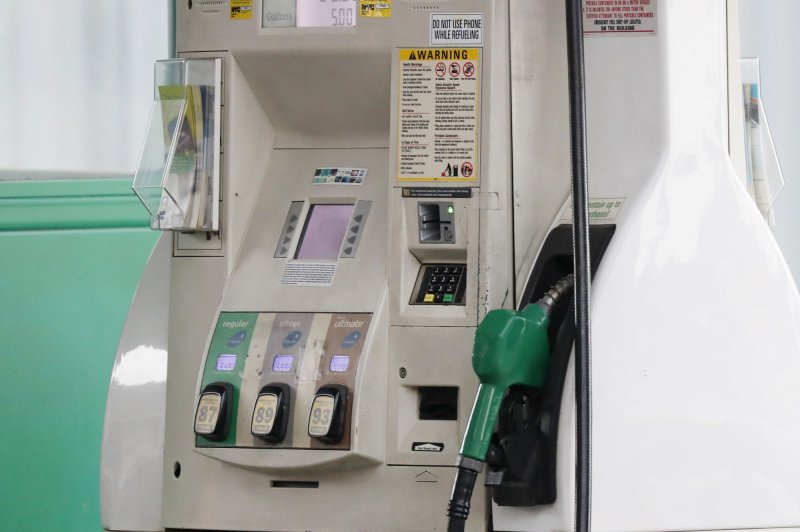Sept. 29 (UPI) — The Federal Reserve’s preferred inflation gauge, the PCE (personal consumption expenditures) index, revealed a lower-than-expected increase in consumer prices during August.
The PCE index rose by 0.4% in August, marking a 3.5% increase compared to the previous year. However, when excluding volatile food and energy prices, the rise was only 0.1%, reflecting a 3.9% climb from the same period last year.
Food prices experienced a 0.2% increase from July to August, and a 3.1% increase over the year. On the other hand, energy prices rose by 6.1% for the month but were down 3.6% from the same month the previous year.
“The $83.6 billion increase in current-dollar PCE in August reflected a $47.0 billion increase in spending for services and a $36.7 billion increase in spending for goods,” stated the Bureau of Economic Analysis Friday report. “Within services, the largest contributors to the increase were housing and utilities (led by housing), transportation services, and health care (both hospitals and outpatient services). Within goods, the largest contributor to the increase was spending for gasoline and other energy goods.”
The price of goods fell by 0.2% from the previous month but increased by 0.8% compared to August of the previous year. On the other hand, service prices experienced a 0.2% increase for the month and a 0.2% increase yearly.
Personal income saw a monthly increase of $87.6 billion, or 0.4%, compared to Thursday’s gross domestic product report, which showed a $239.6 billion increase in the second quarter. The increase in personal income was driven by private wage and salary increases, assets income, personal current transfer receipts, and rental income.
In the second quarter, real disposable income increased by 3.5%. Personal saving amounted to $1.04 trillion, and the personal saving rate, expressed as a percentage of disposable personal income, increased by 0.7% to 5.2%.
The Commerce Department’s report on Thursday revised the real U.S. GDP to an annual rate of 2.1% for the second quarter. The real revised annual GDP for the first quarter of 2023 was 2.2%.
“Compared to the first quarter, the deceleration in real GDP in the second quarter primarily reflected a deceleration in consumer spending, a downturn in exports, and a deceleration in federal government spending that were partly offset by an upturn in private inventory investment, an acceleration in nonresidential fixed investment, and a smaller decrease in residential investment,” stated the Bureau of Economic Analysis.
Revised corporate profits from current production increased by $6.9 billion in the second quarter. However, profits of financial corporations decreased by $54.2 billion in the second quarter, which was a downward revision of $6.3 billion from the previous estimate.



